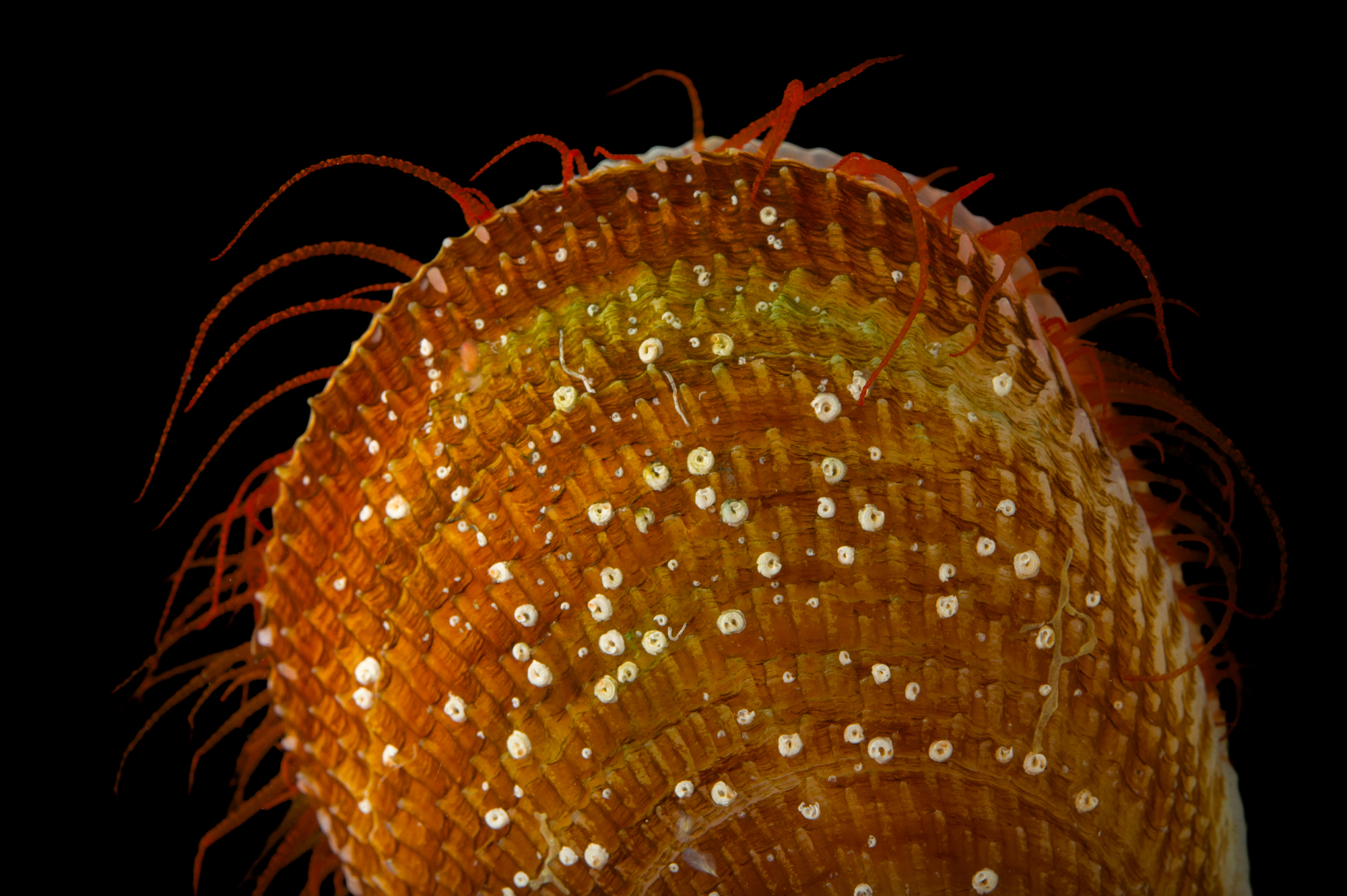- Joined
- Jan 18, 2019
- Messages
- 73
- Reaction score
- 43
Hi all. Happy Holidays! Does anyone here know where o can purchase the same mini sandbed clams that IPSF used to sell?
They don't seem to sell them anymore and have not responded to multiple emails. I am not sure if they are still in business.
They were amazing creatures and did a lot for sandbed turnover and detritus removal.
Thanks!
They don't seem to sell them anymore and have not responded to multiple emails. I am not sure if they are still in business.
They were amazing creatures and did a lot for sandbed turnover and detritus removal.
Thanks!



















